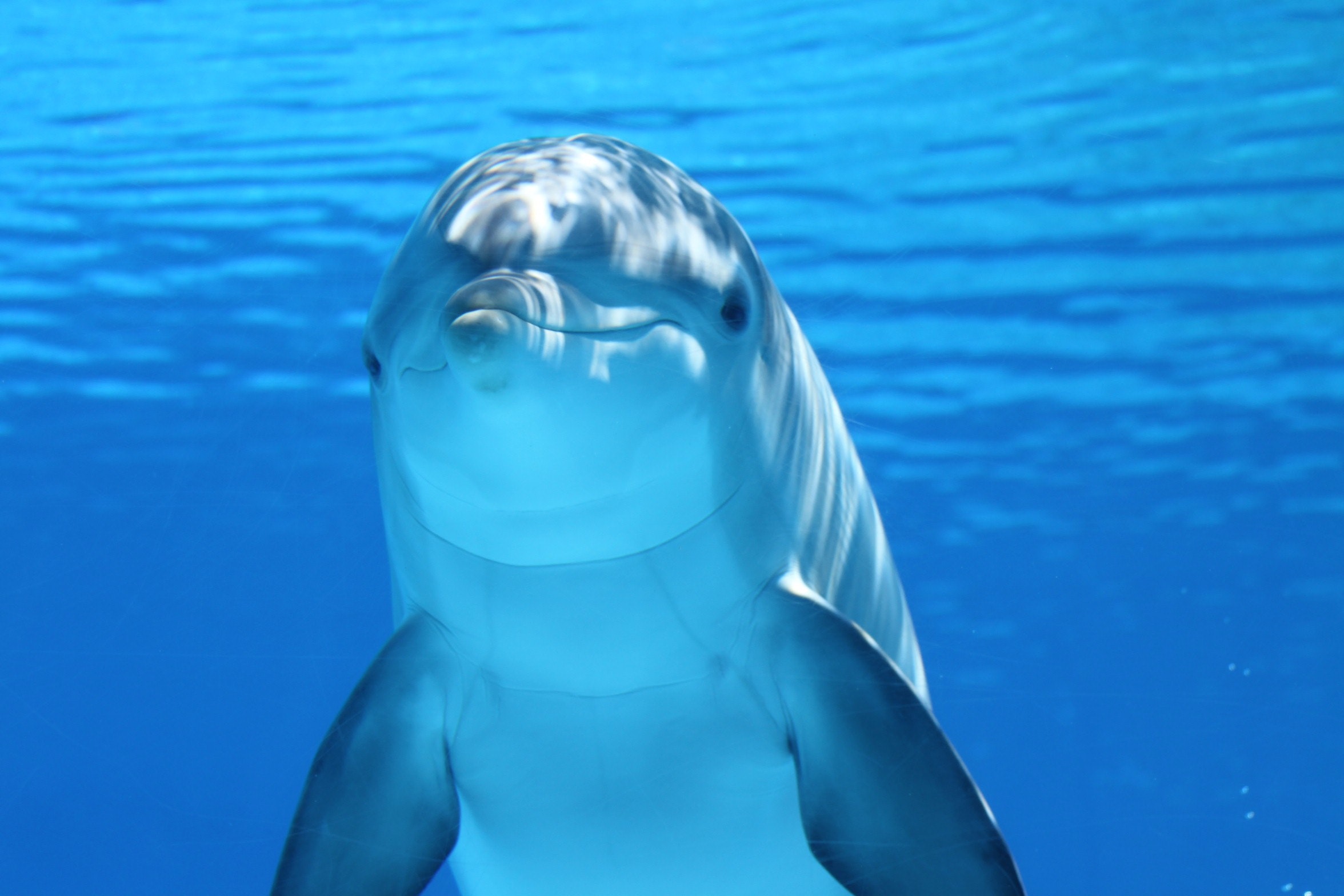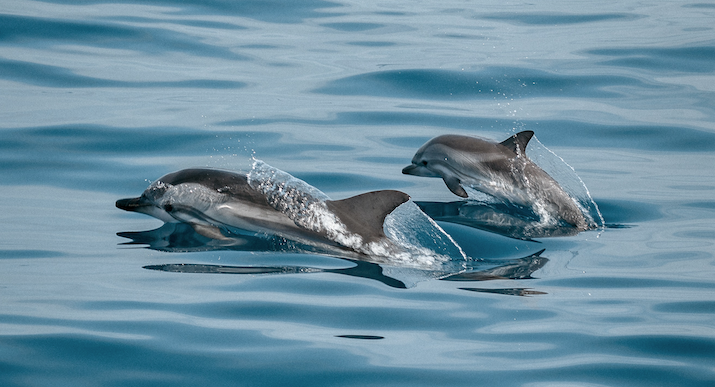Did you know that humans are not the only clique-ish creatures on earth?
Results from a recent study from Georgetown University and Duke University show that dolphins try to build connections early on in life as their way of ensuring success in the future. And success for them means acquiring a suitable mate.
The study, published last July 14 in the Behavioral Ecology journal, analyzed roughly 30 years of documented wild bottlenose dolphin behavior along Shark Bay in Western Australia. Particularly, the researchers focused on young dolphins from weaning to age 10, discovering how they choose who to group with and what they do when the adults are not around.
The results of the research show that even if young dolphins tend to move from one group to another, they still prefer to maintain a few close friends that they can regularly hang out with. Not only that, it was discovered that young male dolphins choose to group with other males, and females with other females.
So why would they choose to hang out with the same gender If the end goal is to find a suitable mating partner?
Research reveals that for adult males, having other males within their circle gives them a higher success rate of procreating. The adult male dolphins in Shark Bay would group in twos or threes and then join forces to get fertile females to mate with them. So having alliances with other strong male dolphins while they’re still young will give them a significant leverage later on in life.
Young female dolphins, meanwhile, tend to group together so they can take care of other females’ calves (those that aren’t weaned until they’re three years old) and “practice” their foraging skills, which they will utilize later once they’re mothers themselves.
Seems a lot like how humans behave in a social setting, to be honest. That’s why dolphins are awesome.




